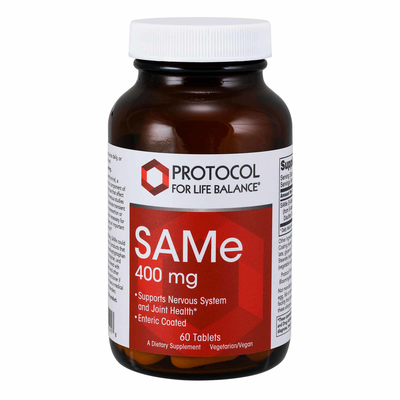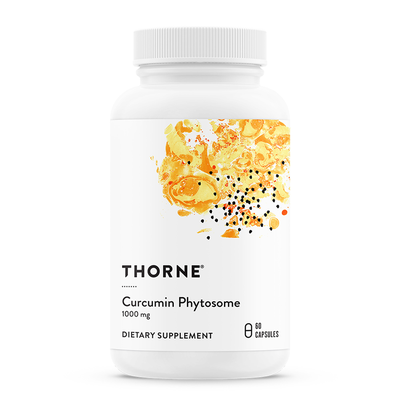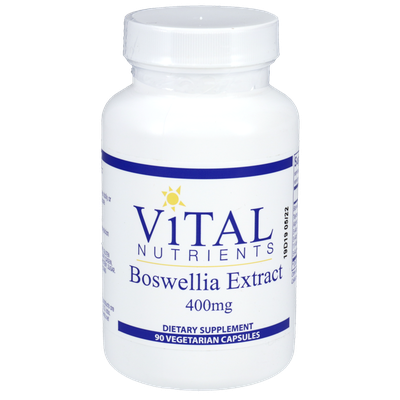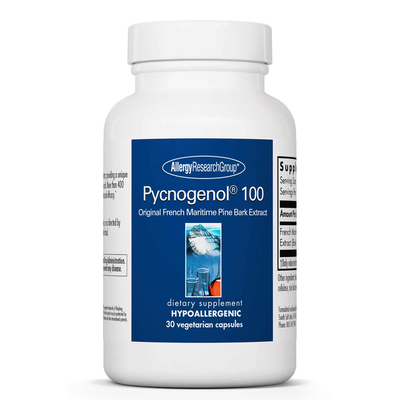MUSCLE3X
JOINT PAIN KIT
JOINT PAIN KIT
Couldn't load pickup availability
Overview
Joint pain and degradation has been steadily increasing throughout the past two decades. Incidence of osteoarthritis (OA) in the hip and knee increased from an estimated 6-8% in early industrial and prehistoric years to 16% in postindustrial people, which is 2.1 fold higher. (25) Additionally, the years of life lived with this disability rose from 10.5 million in 1990 to 17.1 million in 2010. (8)
A variety of features make up osteoarthritis. Of these features, pooled prevalence for cartilage defects is 24% and meniscal tear is 10%. (9) Osteoarthritis prevalence and contributing features increases with age. Risk for OA is associated with obesity, prior trauma, female sex, and old age. (4) Comorbidities contribute to increased pain and/or decreased physical function. Common comorbidities with osteoarthritis are cardiac disease, hypertension, back pain, and diabetes, or a combination of them. (5)
Mainstream prevention and treatment for osteoarthritis relies on pain management through nonsteroidal anti-inflammatory drugs (NSAIDs), glucocorticoid injections, exercise therapy, bracing, and kinesiotaping. Additionally, integrative treatments such as acupuncture, heat therapy, topical herbs, and supplements, are widely accepted as well. (18) Managing pain and inflammation as well as preventing further degradation of the affected joints is key to helping patients with OA and related joint concerns.
In the protocol below we present ingredients associated with improved pain management, prevention of degradation, and improvement of joint function.
Glucosamine chondroitin
Glucosamine chondroitin
1500 mg of glucosamine sulfate combined with 800-1200 mg of chondroitin sulfate total per day, for a minimum of 6-24 months (14)(11)
- Chondroitin sulfate combined with glucosamine sulfate is comparable to celecoxib treatment as demonstrated by decreased Western Ontario and McMaster osteoarthritis index (WOMAC) by 50.1%, with 79.7% of patients fulfilling Outcome Measures in Rheumatology Clinical Trials and Osteoarthritis Research Society International (OMERACT-OARSI) (14)
- When given CS and GH, similarly patients treated with the 200 mg of celecoxib had a decrease of WOMAC by 50.2% with 79.3% fulfilling OMERACT-OARSI; additionally both groups reduced joint swelling and effusion by more than 50% (14)
- Combined supplementation of glucosamine sulfate with chondroitin sulfate decreased joint space narrowing by a mean difference of 0.10 mm when compared to placebo over 2 years in patients with chronic knee pain and medial tibio-femoral compartment narrowing (11)
- In a meta-analysis of common knee and hip osteoarthritis therapies, it was found that celecoxib had the largest effect size, followed by combined supplementation of glucosamine and chondroitin, both demonstrating effect in improving physical function when compared to placebo as well as being ideal for stiffness (27)
S-adenosyl methionine
S-adenosyl methionine (SAMe)
1200 mg, one to two times per day, minimum 30 days (23)
- Demonstrated effectiveness at reducing symptoms of osteoarthritis (22)
- Multiple RDBPC studies demonstrated comparable pain reduction to OTC pharmaceuticals like naproxen and nabutone (6)(16)
- When compared with celecoxib, SAMe had no difference in efficacy for isometric joint function; additionally both demonstrated similar reductions in pain (22)
- Decreases in pain intensity on visual analog scale by 13.0 and 15.7 were observed in SAMe and nabumetone therapy, respectively (16)
- When compared with naproxen, SAMe demonstrated similar analgesic activity and fewer side effects (6)
Turmeric (Curcuma longa)
Turmeric (Curcuma longa)
500 mg Meriva® or 400 mg of curcumin, two to four times per day, minimum 30 days (1)(10)
- Curcuma longa extract ameliorates pain as demonstrated by improvements in visual analog scale (VAS) and WOMAC; additionally decreases in oxidative stress and inflammation occurred as shown by improved viz., IL-1β, ROS, and MDA (24)
- When used for acute pain management, 2g per day of meriva (corresponding to 400 mg of curcumin) was comparable to 1g dose of acetaminophen while having improved gastric tolerability in comparison (10)
- When compared to 800 mg per day of ibuprofen, 2g per day of curcuma extract was equally effective in ameliorating pain as shown by similar WOMAC scores; subsequently, less gastrointestinal adverse effects were observed with curcuma extract than ibuprofen (19)
- Bio-optimized curcuma longa extract supplementation decreased visual analog pain scores by 29.5% in low dose group and 36.5% in high dose group, compared to 8 mm in placebo group in patients with OA; although adverse events were not significant a general trend of more adverse events was noted in the high dose group; the comparison suggests that patients finding difficulty with high doses will still benefit when given a lower dose (13)
Boswellia
Boswellia
338 mg of standardized extract, minimum 4 weeks (20)(26) or 150 mg of boswellic acid in addition to curcumin supplement (12)
- Patients with knee OA experienced a decrease in pain and frequency of swelling as well as an increase in knee flexion and walking distance when compared to placebo (17)
- Physical function improved after 120 days, as demonstrated by a decrease in stiffness and increase in knee joint; inflammation also improved as shown by a decrease in CRP, osteophytes, and pain (20)
- When given in addition to curcumin, boswellic acid improved the efficacy of curcuminoids to decrease pain shown by WOMAC score and improve physical performance (12)
- A meta-analysis of seven trials (including 545 patients) showed reduced weighted mean difference for visual analog scale pain scores (-8.33), WOMAC pain scores (-14.22), WOMAC stiffness scores (-10.04), and improved WOMAC joint function (-10.75), for Boswellia extract compared to control, when taken for a minimum of four weeks (26)
Pycnogenol
Pycnogenol
100-200 mg per day, minimum of 3 weeks (15)(2)
- Inflammation improved as demonstrated by a decrease in CRP from 3.9 mg/l to 1.1 mg/l (compared to control decreasing to 3.6 mg/l), decrease in free radicals to 70.1% of baseline, and a decrease of fibrinogen to 61.8% of baseline (3)
- Pain decreased as shown by an improvement in WOMAC and VAS, as well as decreased use of analgesic pharmaceuticals (NSAIDs) while no improvements were observed in placebo (7)
- Decreased WOMAC by 56% (9.6% in placebo), drug use by 58% (less than 1% in placebo), gastrointestinal complications by 63% (3% in placebo), foot edema by 79% (1% in placebo), and treatment cost (no notable change in placebo); additionally walking distance increased from 68 m at baseline to 198 m compared to 65 m at baseline to 88 m in placebo (2)
- When given in the 3 weeks prior to knee arthroplasty, gene expression of cartilage degradation markers were downregulated in chondrocytes; MMP3, MMP13, cytokine IL1B, and ADAMTS-5 protein concentration decreased, suggesting improvements in catabolic and inflammatory processes (15)
Share









